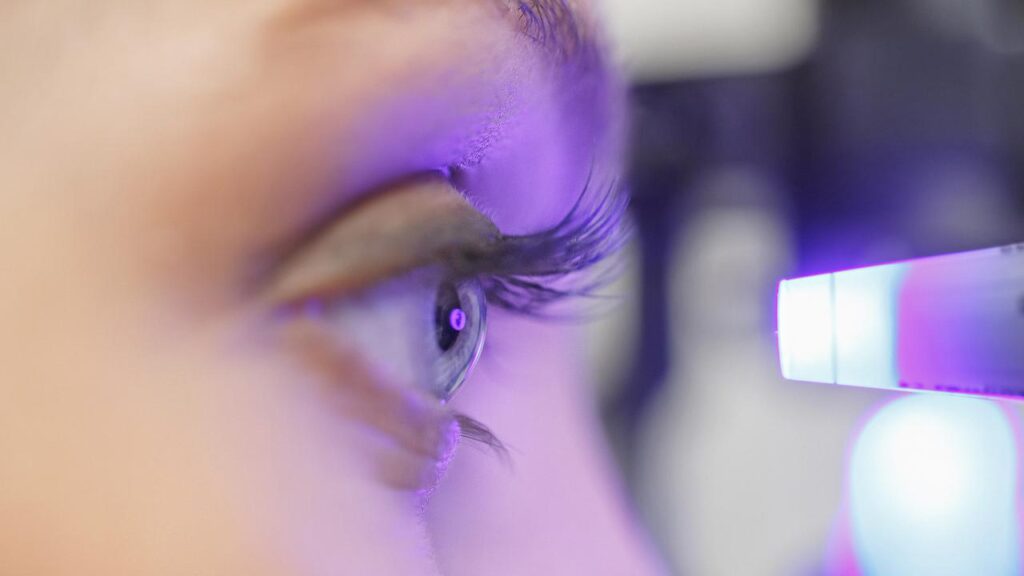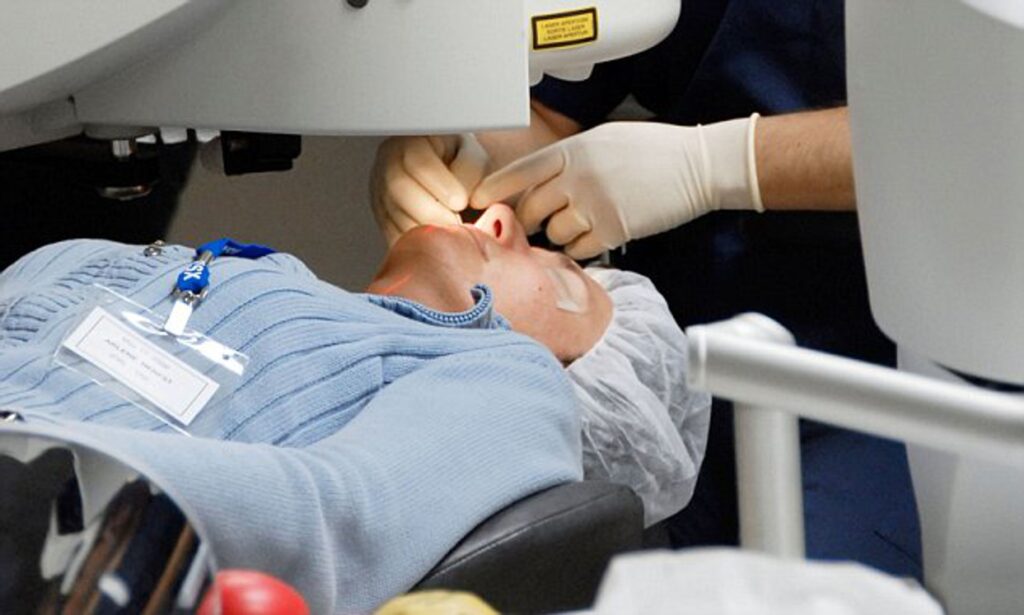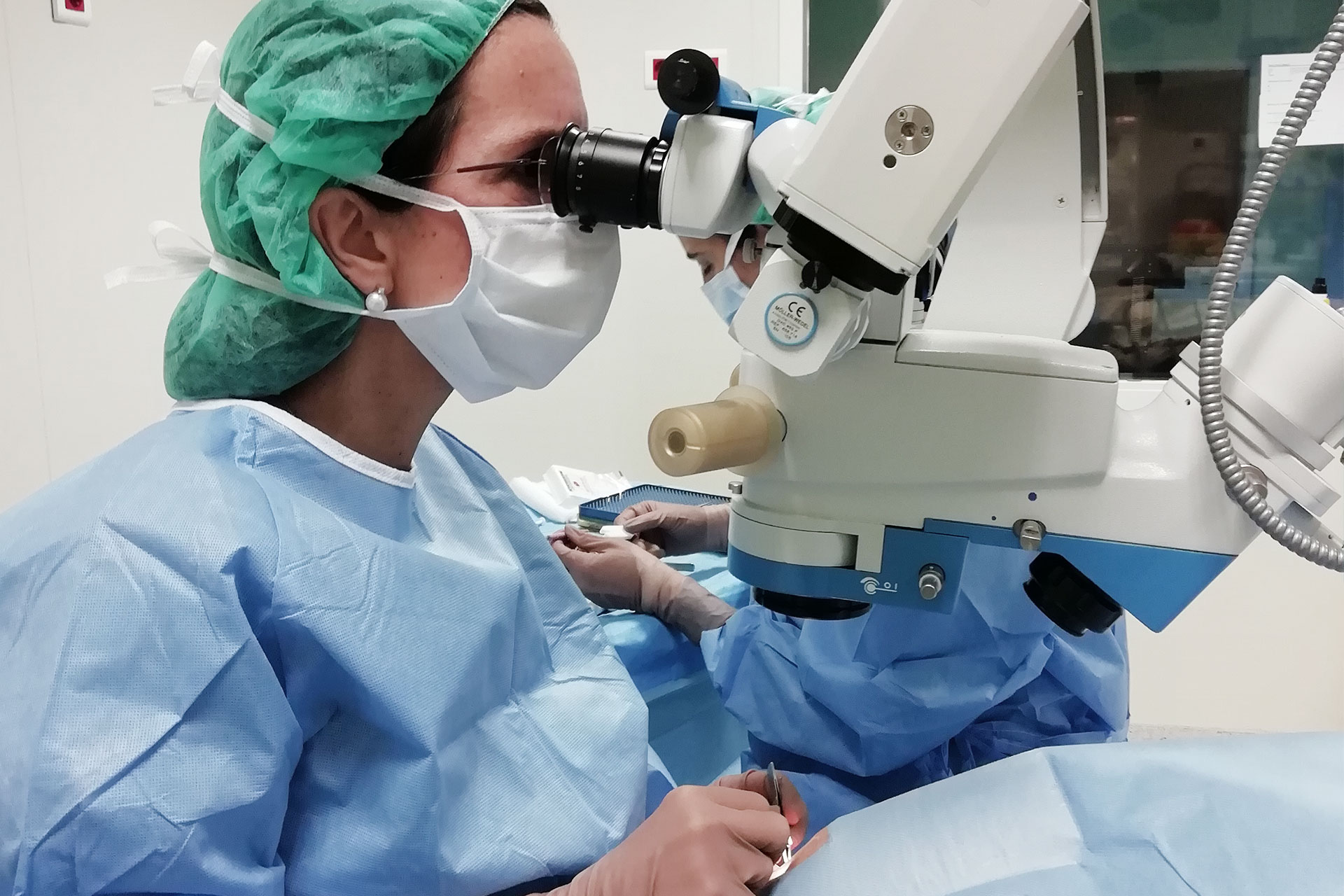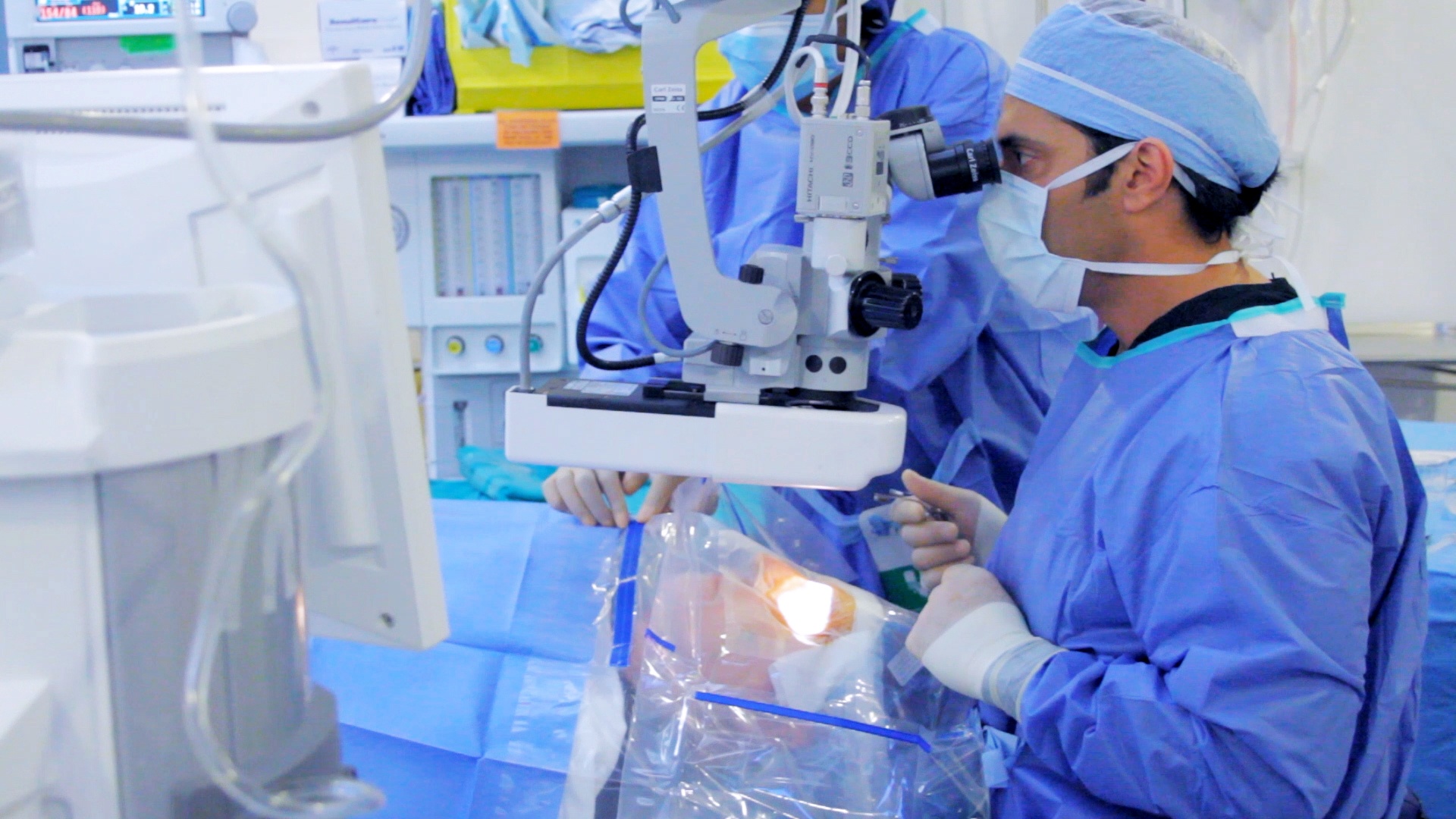Imagine a world where perfect vision is not just a dream, but a reality. Thanks to the wonders of modern medicine, laser eye surgery has made this a possibility for millions of people. In this article, we will explore the concept of 20/20 vision, the evolution of laser eye surgery, the different types of procedures available, the step-by-step process of the laser eye surgery Sydney, and the incredible benefits it brings to patients.
Understanding the Concept of 20/20 Vision
When we talk about 20/20 vision, we are referring to our ability to see clearly at a distance of 20 feet. This is considered standard vision, as most people have this level of visual acuity. But have you ever wondered how our eyes achieve this level of clarity?
Let’s delve deeper into the fascinating world of vision and explore the intricate mechanisms that allow us to perceive the world around us with such precision.
See Also: Navigating the Best Laser Eye Surgery in Sydney
The Science Behind Perfect Vision
Our eyes are complex organs that work together to provide us with the gift of sight. The cornea, the transparent front part of the eye, plays a crucial role in focusing light onto the retina at the back of the eye. It acts as a protective shield, shielding the delicate structures within the eye from harm.
But how does the cornea achieve this remarkable feat of focusing light? It does so by bending or refracting the incoming light rays, much like a lens in a camera. This bending of light ensures that it converges at a specific point on the retina, forming a clear and sharp image.

However, the cornea is not the only player in the game of perfect vision. The lens, located just behind the iris, also plays a significant role. It fine-tunes the focus of light by changing its shape, allowing us to see objects at various distances with clarity.
Once the light is focused on the retina, the magic happens. The retina, a thin layer of tissue at the back of the eye, contains millions of light-sensitive cells called photoreceptors. These cells convert the incoming light into electrical signals, which are then transmitted to the brain via the optic nerve.
The brain, being the ultimate interpreter of visual information, processes these electrical signals and creates the visual perception that we experience. It’s truly remarkable how seamlessly our eyes and brain work together to provide us with a clear and vivid view of the world.
Debunking Myths About 20/20 Vision
There are many misconceptions surrounding 20/20 vision. Some believe that it represents “perfect” vision, but in reality, it is just a standard measurement. It indicates that you can see at 20 feet what a person with normal vision can see at the same distance.
Others think that having 20/20 vision means you can see every detail without the need for glasses or contact lenses. While laser eye surgery can significantly reduce your dependence on corrective eyewear, it does not guarantee that you will never need glasses again. Factors such as age, eye health, and other visual impairments can still affect your vision, even after the surgery.
It is important to have realistic expectations when considering laser eye surgery or any other vision correction procedure. Consulting with an eye care professional will help you understand the potential benefits and limitations of these procedures, allowing you to make an informed decision about your visual health.
The Evolution of Laser Eye Surgery
Over the years, laser eye surgery has undergone remarkable advancements, transforming the lives of countless individuals. Let’s take a closer look at the journey it has taken to reach its current excellence.
The Birth of Laser Technology in Ophthalmology
The use of laser technology in ophthalmology dates back to the 1970s. It began with the development of the excimer laser, which is capable of precisely reshaping the cornea without generating heat. This breakthrough opened up new possibilities for correcting various vision problems, paving the way for the future of laser eye surgery.
As the excimer laser gained recognition for its potential in ophthalmology, researchers and surgeons began exploring its applications in treating refractive errors such as myopia (nearsightedness), hyperopia (farsightedness), and astigmatism. The ability to reshape the cornea with remarkable precision and accuracy offered hope to millions of individuals seeking freedom from glasses and contact lenses.
Early clinical trials and studies demonstrated the safety and efficacy of the excimer laser in correcting refractive errors. Patients who underwent laser eye surgery experienced significant improvements in their vision, leading to a surge in interest and demand for the procedure.

Modern Advances in Laser Eye Surgery
Since its humble beginnings, laser eye surgery has come a long way. New techniques and technologies have been introduced to enhance the safety, precision, and effectiveness of the procedure. Today, laser eye surgeries are performed with remarkable accuracy and minimal discomfort for patients.
One of the significant advancements in laser eye surgery is the development of wavefront-guided technology. This technology allows surgeons to create a personalized treatment plan for each patient, taking into account the unique characteristics of their eyes. By mapping the entire optical system of the eye, including higher-order aberrations, wavefront-guided technology ensures a more precise and customized treatment, resulting in improved visual outcomes.
Another notable advancement is the introduction of femtosecond lasers, which have revolutionized the creation of corneal flaps in LASIK surgery. These lasers use ultra-fast pulses of laser energy to create a thin, precise corneal flap, eliminating the need for a mechanical microkeratome blade. The use of femtosecond lasers has significantly improved the safety and predictability of LASIK surgery, reducing the risk of complications and enhancing patient satisfaction.
Furthermore, the integration of advanced diagnostic tools, such as corneal topography and aberrometry, has further improved the accuracy of laser eye surgery. These tools provide detailed measurements and analysis of the cornea, allowing surgeons to tailor the treatment to each patient’s unique needs. By precisely mapping the cornea’s curvature, thickness, and irregularities, surgeons can achieve optimal outcomes and minimize the risk of post-operative complications.
Additionally, the introduction of bladeless procedures, such as TransPRK (Trans-Epithelial Photorefractive Keratectomy), has eliminated the need for corneal flaps altogether. TransPRK utilizes the excimer laser to remove the corneal epithelium and reshape the underlying cornea in a single step, offering a safer and less invasive alternative for patients.
As technology continues to advance, the future of laser eye surgery holds even more promise. Researchers are exploring the use of femtosecond lasers for the treatment of presbyopia, a common age-related condition that affects near vision. By creating a multifocal cornea, these lasers may offer a solution for individuals who require both distance and near vision correction.
In conclusion, laser eye surgery has evolved significantly since its inception. From the introduction of the excimer laser to the development of advanced technologies and techniques, the field continues to push the boundaries of what is possible. With each advancement, laser eye surgery becomes safer, more precise, and more accessible, providing millions of people with the gift of clear vision and a life free from the limitations of glasses and contact lenses.

The Different Types of Laser Eye Surgeries
Not all laser eye surgeries are created equal. Depending on your specific needs and requirements, your ophthalmologist will recommend the most suitable procedure for you. Let’s explore the three most common types of laser eye surgeries.
LASIK: The Most Common Procedure
LASIK, or laser-assisted in-situ keratomileusis, is the most widely performed laser eye surgery. It involves creating a thin flap in the cornea, followed by the reshaping of the underlying tissue using the excimer laser. The flap is then repositioned, allowing for a rapid recovery and minimal discomfort for the patient.
PRK: An Alternative to LASIK
Photorefractive keratectomy, or PRK, is an alternative to LASIK that is suitable for patients with thinner corneas. Rather than creating a flap, the superficial layer of the cornea is gently removed to allow for direct reshaping. Though the recovery period is usually longer compared to LASIK, PRK offers excellent visual outcomes for the right candidates.
SMILE: The Latest Innovation
SMILE, or small-incision lenticule extraction, is the latest innovation in laser eye surgery. Unlike LASIK and PRK, SMILE involves creating a small incision and extracting a small piece of corneal tissue, resulting in a less invasive procedure that preserves the biomechanical stability of the cornea. SMILE has gained popularity for its precision and quick recovery time.
The Procedure of Laser Eye Surgery
Now that we have explored the different types of laser eye surgeries, let’s dive into the step-by-step process of the procedure itself.
Pre-Surgery Preparations
Before undergoing laser eye surgery, you will have a thorough examination with your ophthalmologist to determine your candidacy. This evaluation typically includes measuring the thickness and shape of your cornea, assessing your overall eye health, and discussing any questions or concerns you may have. Once you are deemed suitable for the procedure, your surgeon will provide you with detailed pre-surgery instructions.
What Happens During the Surgery?
On the day of surgery, you will be given numbing eye drops to ensure your comfort. Your surgeon will then use a specialized laser to precisely reshape the cornea according to the predetermined treatment plan. The entire procedure usually takes less than 30 minutes, and most patients experience little to no discomfort during the surgery.
Post-Surgery Care and Recovery
Following the surgery, your surgeon will provide you with post-operative instructions to promote proper healing and minimize any potential complications. You may be advised to use prescribed eye drops, wear protective shields while sleeping, and avoid strenuous activities for a short period of time. Remember, each individual heals at their own pace, so be patient and follow your surgeon’s advice for a smooth recovery.
The Benefits of Laser Eye Surgery
Now, let’s discuss the incredible benefits that laser eye surgery brings to patients.
Immediate Improvement in Vision
One of the most remarkable aspects of laser eye surgery is the immediate improvement in vision. Many patients report experiencing clear vision as soon as the surgery is complete, allowing them to see the world in a whole new way without the need for glasses or contact lenses.
Long-Term Advantages
Laser eye surgery offers long-term advantages such as freedom from the constant hassle of wearing glasses or contact lenses. It can also save you money in the long run, as you will no longer need to purchase expensive prescription eyewear or go through yearly eye exams. Additionally, having clear vision can enhance your overall quality of life and boost your self-confidence.
Lifestyle Changes After Surgery
After undergoing laser eye surgery, many patients find that their lifestyle changes for the better. Engaging in activities such as swimming, playing sports, or simply waking up in the morning without searching for their glasses can bring newfound freedom and convenience.
Conclusion
Laser eye surgery has revolutionized the field of ophthalmology, allowing millions of people to achieve clear vision and bid farewell to their dependence on corrective eyewear. From understanding the concept of 20/20 vision to exploring the different types of procedures, we have uncovered the excellence and life-changing benefits that laser eye surgery has to offer. If you are considering this remarkable procedure, consult with an experienced ophthalmologist to determine if laser eye surgery is right for you.


